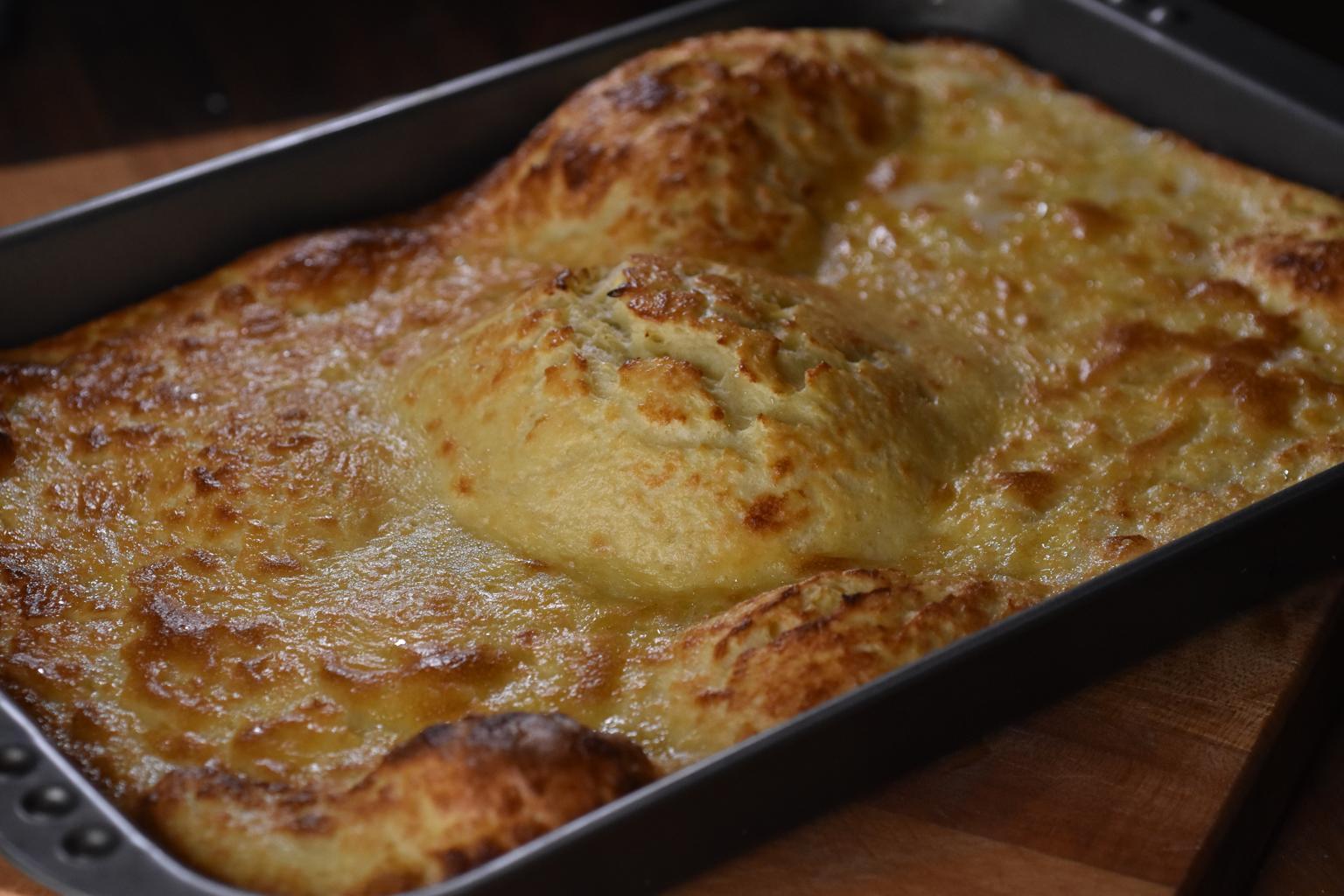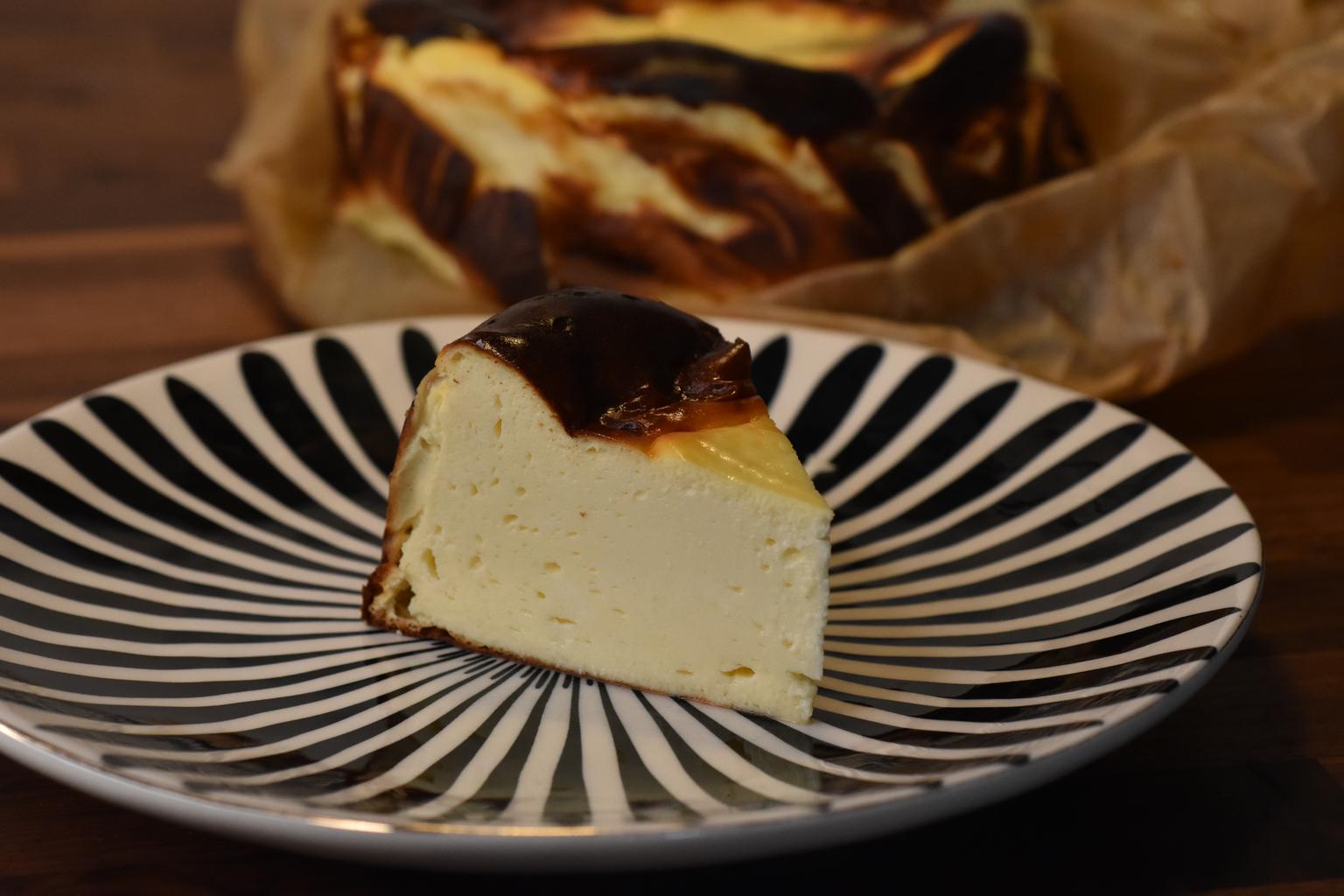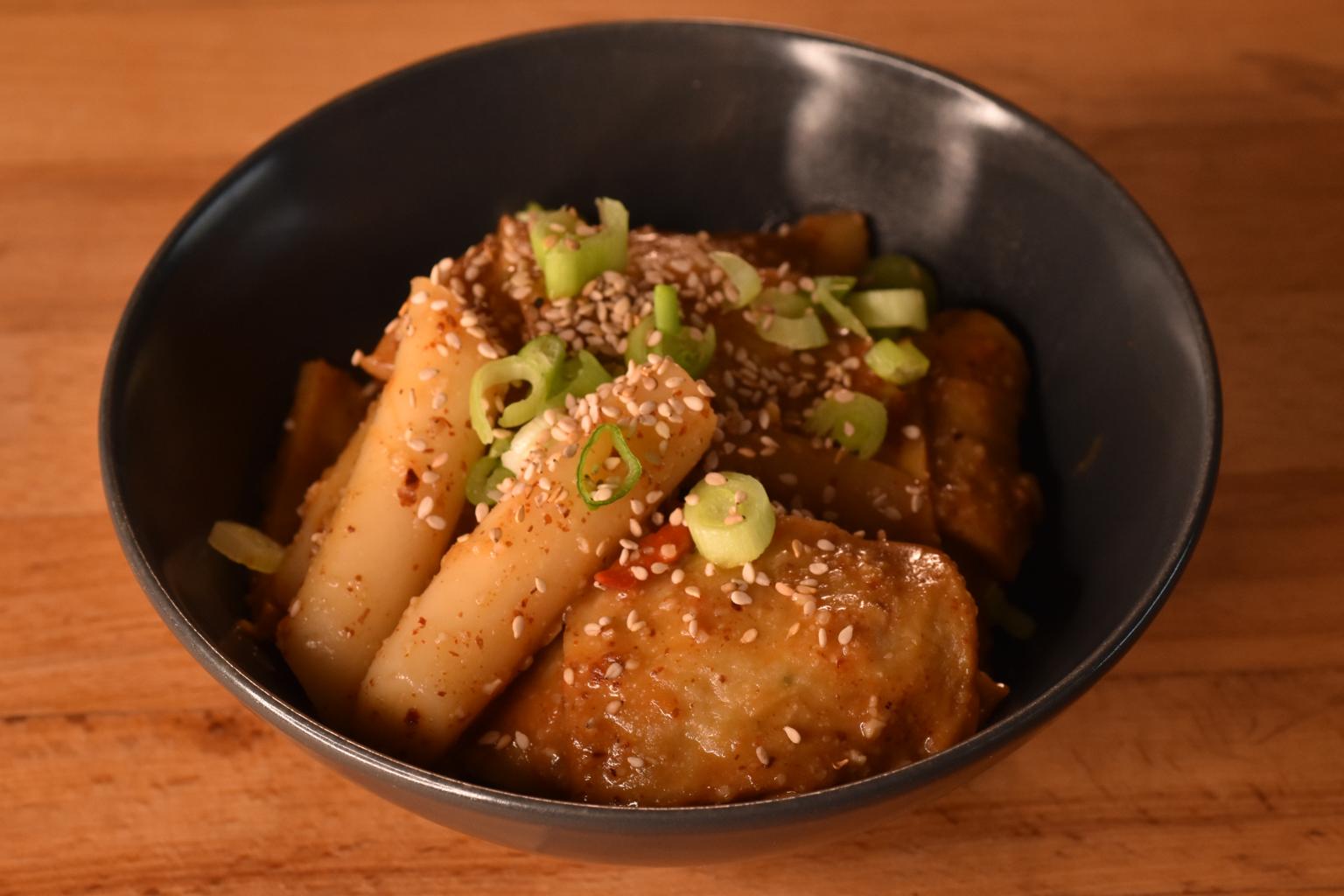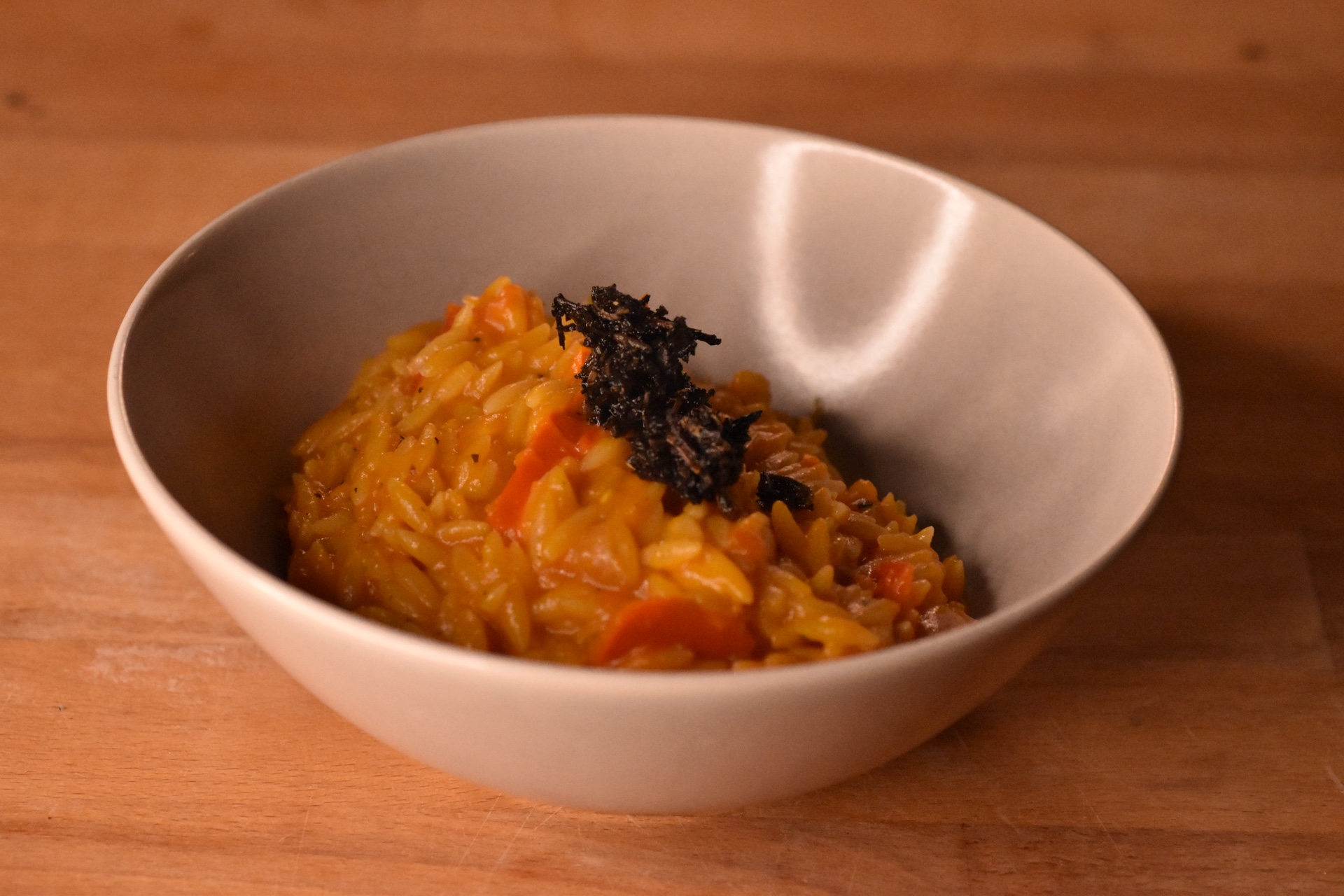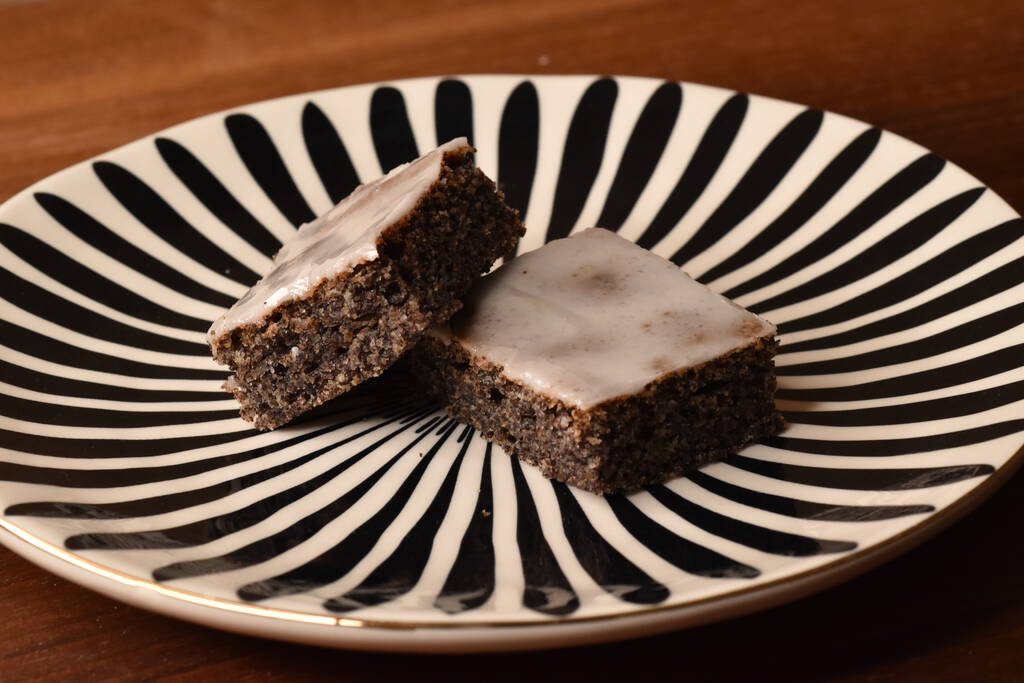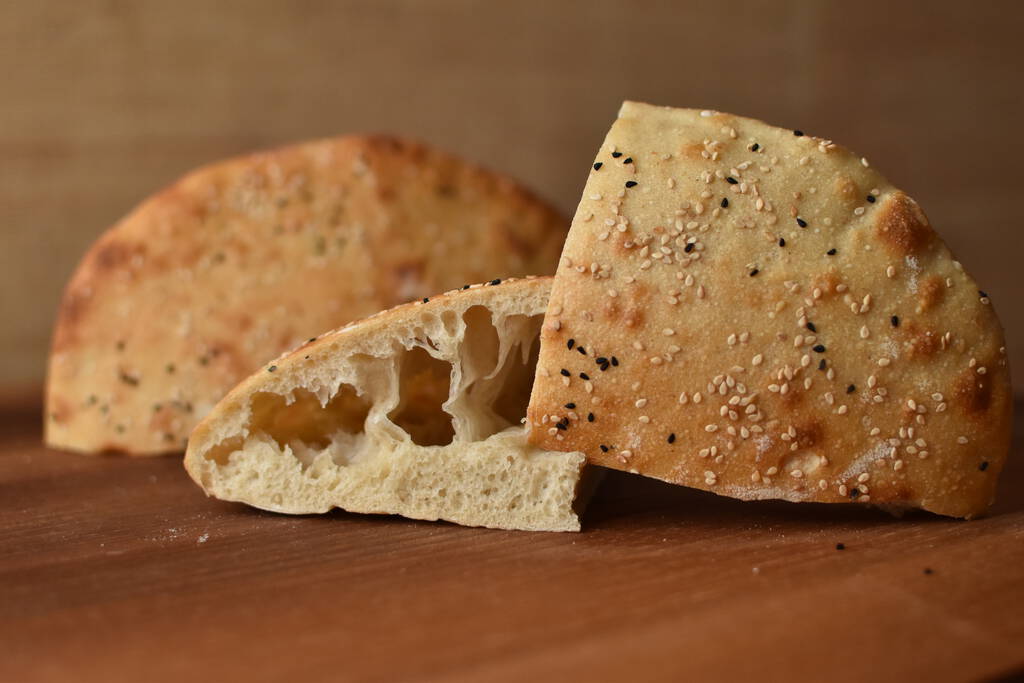
I used to make Kebap Döner quite often, though only with bought flat bread. I tried to make some myself and realized that, hands down, that bread is now the most important ingredient for self-made Kebap.
If you are brand new, you might want to check out the bread basics first.
Ingredients
- 500g universal wheat flour
- 100g milk
- 300g water (80% hydration)
- 10g salt
- 75g levain
- 4g fresh yeast
- some sesame seeds
- some nigella seeds
Instructions
Mix the flour, salt milk and water and let that rest for 30 minutes (autolyze). Afterward knead in the levain and the yeast. Let the dough sit for 4h (bulk fermentation). Split the dough into two parts.
The dough is super wet, so forming the bread might be a bit tricky. I tried to shape somewhat of a ball and then pressed it flat with wet hands on a sheet of baking paper. Top it with some sesame and nigella seeds and cover it with a semi wet kitchen towel. Let it sit for ca. 1.5h (second fermentation). Note that depending on how many seeds you used the towel might stick to the dough. You can dust the dough with some flour to prevent that.
Preheat the oven to 250 degrees. Do also preheat the baking tray! Get the hot tray out and pull the baking paper with one bread on top and place it on the middle layer in the oven. Add about 4cl water (or two ice cubes) to the bottom of the oven. Let it bake for ca. 12 minutes.
Once a few golden spots form, get it out and cover it with a slightly wet kitchen towel. In case you are not filling it right away let it cool down covered! This will make the bread and crust very soft. Once you want to bake it, put it in a preheated oven for a few minutes or place it in a toaster, so it gets crispy again.
Notes
Do not skip out on the nigella seeds. The bread will taste good without them, but it will lose its very typical taste.
Journal
Final Version
- 500g universal wheat flour
- 100g milk
- 300g water (80% hydration)
- 10g salt
- 75g levain
- 4g fresh yeast
- some sesame seeds
- some nigella seeds
This version is pretty perfect. The lower layer is thicker than the top one but very soft and not as dense as the first version.
v2
- 500g universal wheat flour
- 150g milk
- 225g water (75% hydration)
- 10g salt
- 75g levain
2g fresh yeast(I forgot the yeast)- some sesame seeds
- some nigella seeds
The lower hydration was very noticeable during shaping. In addition, the baking time was way shorter. 20 minutes was already too much, 15-16 minutes was the sweet spot. In general, I preferred the 80% hydration version. Stick with that.
The lack of yeast did result in a more dense bottom. Don’t miss it next time.

The milk gave the bread a very round and full taste. That’s something to do again in the next version.
I tried to roll out the two dough parts after shaping with a rolling pin. This is not ideal as it does destroy air pockets which you do not want. Though with yeast in the dough this should not be an issue, so try this again next time.
v1
- 500g universal wheat flour
- 400g water (80% hydration)
- 10g salt
- 75g levain
- 2g fresh yeast
- some sesame seeds
- some nigella seeds
For this type of flour 80% hydration is very high. The dough was super wet. I let it rest for 4h bulk fermentation with some stretch and folds in between. They helped a lot and were super easy to do, so in case one has time to do so from time to time this is actually a very nice process.
Afterward I split the dough into two portions. I tried to form the dough a bit though this was very hard to do without flour. Once done I placed them on a floured baking tray for proofing (1.5 and 2h). I tried to flatten them out per hand, though this was not ideal. The bread was a bit too thick for its use case later on. A bit flatter would have been better.
For the first one I used the baking tray that I let it rest on, though using a preheated one for baking does yield the better result.
Taste wise it was excellent already. The air pockets were incredible, though the lower part of the bread was a bit too thick. If it was as thin as the upper part it would be perfect.

One thing I want to try with the next version, other than flatten it out a bit more, is to substitute some water for milk, as it is often done in Turkish flat breads. Other than that going up even a bit more with hydration would be nice to try, just because one cannot do so with normal bread.
